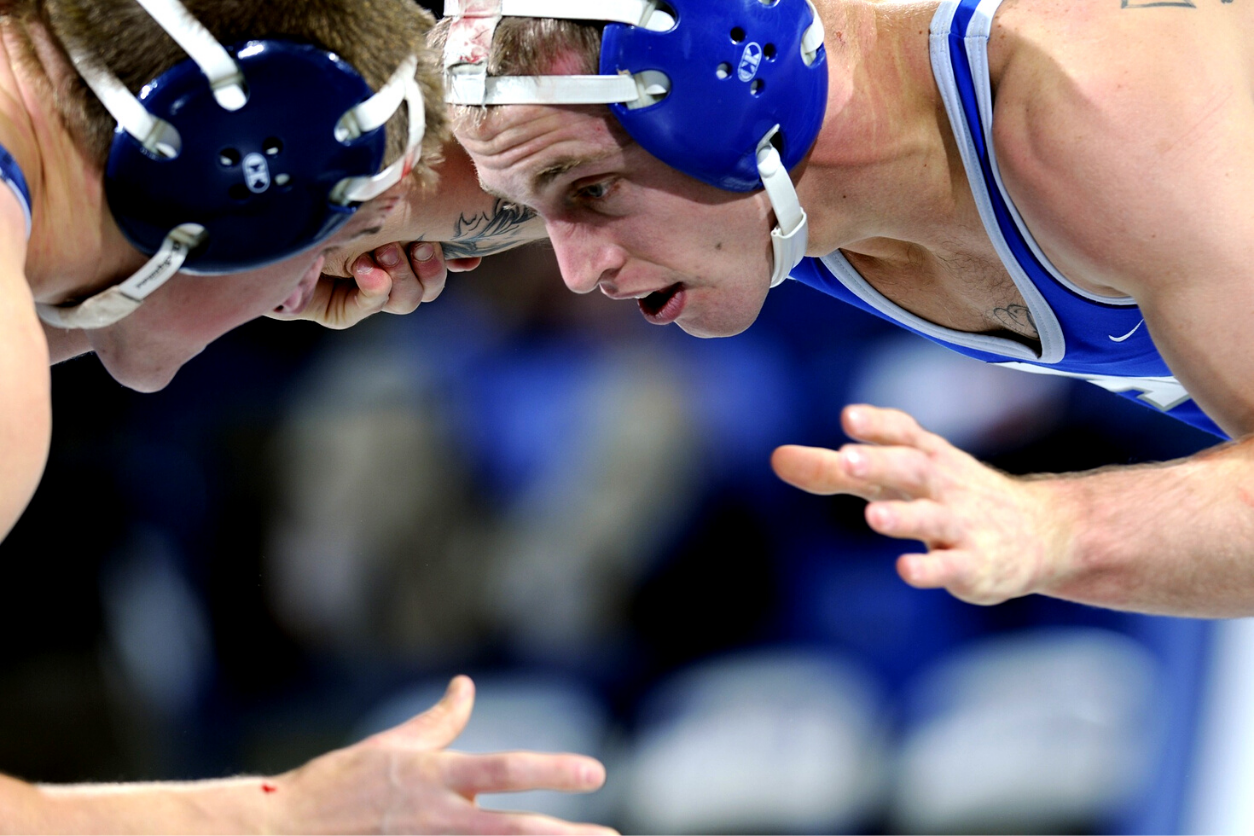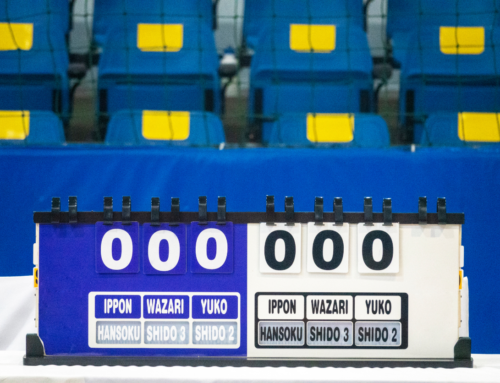Landing a scholarship may require more just mat skills
While the recruiting process can be stressful and confusing, it can be even more strenuous for a smaller sport like wrestling. However, with a little background knowledge, you can begin your recruiting from a position of strength. Just read on so you can get a leg up on the competition and be ready to pin down a scholarship.
• Wrestling Is An Equivalency Sport
Wrestling teams have far more athletes than scholarships. However, as an equivalency sport, college coaches can divide their total number of scholarships any way they want. In Division I, team rosters usually have 33 athletes, but assuming the team is fully funded, each school can only offer what amounts to 9.9 scholarships. In DII, roster size is 30 but the equivalent of only 9 scholarships are available. That means…
• Not Every Scholarship Is A Full-Ride Scholarship
To stretch their scholarship budgets, college wrestling coaches can award partial scholarships to any number of athletes on the team so long as the total of those partial scholarships doesn’t exceed the scholarship limit. As a simple example, if a DI coach divides his 9.9 scholarships equally between all 33 members of the team, then each team member would have a partial scholarship covering 30% of their college costs. That said, it’s not unheard of for a coach to award a full-ride scholarship to an elite wrestler. However, in doing so, that reduces the amount of scholarship money available for the other members of the team.
Different coaches have different methods of dividing their scholarships. What this means for you is that you’ll likely need to find another way to pay for the college costs. In most cases, need-based or academic scholarships are the most readily available alternatives. And that highlights the importance of keeping your grades and scoring up on your SAT and ACT, regardless of your skills as a wrestler.
• It’s An Uphill Battle
In the United States, there are roughly 260,000 high school wrestlers, but since not every DI school offers a wrestling program, there are only about 2,600 DI wrestlers. That means, only about 1% of high school wrestlers compete at the DI level. Your odds of simply making a DI roster are about 100 to 1. Factor in all the other collegiate levels and only about 4.4% of all high school wrestlers end up on any college roster, while the odds of making any roster drop to 23 to 1. Remember that, not every athletic department fully funds every sport. That being said, some wrestling programs may not be able to max out their allotted scholarship limits.
The lesson here is, if you want to earn a wrestling scholarship, start now. While you can start the ball rolling on your recruiting process as early as 9th grade, NCAA regulations say coaches must wait until June 15th after your sophomore year to contact recruits. However, in many cases, college coaches will only reach out to recruits on their list. That’s why it’s important you work toward landing on a coaches radar before your junior season. While a coach can’t contact you before that June 15th date, you can still reach out to coaches via emails or letters. Introduce yourself, express your interest in joining the team, and share some stats and achievements. Further, interacting with coaches at camps and clinics is another good way to get noticed. Don’t wait. The first recruiting move needs to be yours and the sooner the better.
• Don’t Overlook DIII, NAIA, and NJCAA Opportunities
If you’re not finding interest from DI or DII wrestling teams, don’t overlook schools from Division III, the NAIA, or NJCAA.
There are 118 Division III wrestling programs, each with 27 man rosters. The only catch is that DIII schools don’t offer athletic scholarships. The upside, however, is that most of them have plenty of academic scholarship money available so, as mentioned above, put in as much work in the classroom as you do on the mat. At the NAIA and junior college levels, wrestling teams can offer 10 and 20 scholarships, respectively. And, while the perception might be that the competition level is lower at NAIA schools or junior colleges, remember that you’ll likely be taking the mat against one of the top 5% of wrestlers in the nation.
• Recruiting Can Be A No-Holds-Barred Process
College wrestling recruiting requires lots of time and effort, for you and college coaches. While you’re only focused on your future, college coaches have to consider the future trajectory of 50 to 75 athletes. Visit with your coaches for an honest assessment of your potential and focus your efforts on the schools where you’ll fit in best, athletically, academically, and socially.
Then, do everything you can to make yourself stand out as a recruit. Make sure your recruiting profile provides all the essential information a coach wants. Have a highlight reel online and keep it updated. Keep your grades solid and, if they’re not, work toward improving them sooner rather than later. And don’t forget to highlight intangibles, such as character, leadership, and community involvement. Finally, remember that most college coaches lack budgets for nationwide recruiting searches. And that means, if your high school or club isn’t known as a wrestling power, you’ll likely have to work even harder to land on a coach’s radar to be considered for a scholarship.
Did you enjoy this article ‘5 Things To Know About Wrestling Recruiting’? If so, check out more of our articles HERE.





